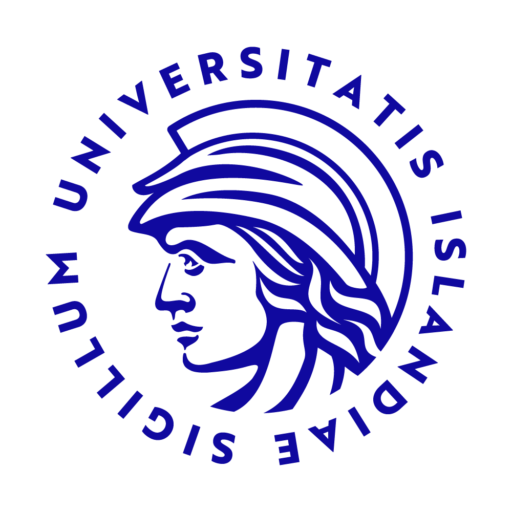Main author: Bryndís Eva Birgisdóttir
Institution or Company: Háskóli Íslands
Co-Authors, Institution or Company:
Ellen Alma Tryggvadóttir, Unit for Nutrition Research, Landspitali University Hospital and Faculty of Food Science and Nutrition, University of Iceland. Hildur Harðardóttir, Department of Obstetrics and Gynecology, Landspitali University Hospital and Faculty of Medicine. Ingibjörg Gunnarsdóttir, Unit for Nutrition Research, Landspitali University Hospital and Faculty of Food Science and Nutrition, University of Iceland. Ingibjörg Th Hreiðarsdóttir, Department of Obstetrics and Gynecology, Landspitali University Hospital, Reykjavík, Iceland. Laufey Hrólfsdóttir, Institution of Health Science Research, University of Akureyri and Akureyri Hospital, Akureyri, Iceland. Óla Kallý Magnúsdóttir, Unit for Nutrition Research, Landspitali University Hospital and Faculty of Food Science and Nutrition, University of Iceland. Þórhallur Halldórsson, Unit for Nutrition Research, Landspitali University Hospital and Faculty of Food Science and Nutrition, University of Iceland.
Introduction: Food and nutrition intake in pregnancy is important for optimal nutritional status and future health of the infant. According to clinical guidelines on pregnancy care in Iceland, women should be referred to official food based dietary guidelines (FBDG) and a brochure on maternal diet. No information is available on the fulfillment or what other sources of nutritional information women might seek in pregnancy. The aim of this study was to investigate the sources of nutrition information among pregnant women as well as their interest and perceived needs for personalized dietary advice in pregnancy.
Methods: Participants were pregnant women (n=1009, 75% of the eligible sample) who attended ultrasound screening in their 11th-14th week of pregnancy at Landspitali in 2017-2018. The women answered an electronic questionnaire providing information on diet and other background factors.
Results: The FBDG and the brochure had been referred to 17% vs. 44% of the women, respectively. Women who reported searching for additional information (85%), from one or more sources, mainly found it through websites and apps (»50%), followed by physicians, nurses and midwifes (30%) and family and friends (28%), while <5% reported to have been given additional information by a dietitian/nutritionist. In total 55% reported interest in receiving more individualized dietary guidelines, while 23% perceived they had a need for such guidance.
Discussion: The low compliance to clinical guidelines and the very low percentage of women reporting to seek additional advice from dietitians/nutritionists, reflects the limited options of seeking nutritional information from trained health professionals in the Icelandic health care system.

